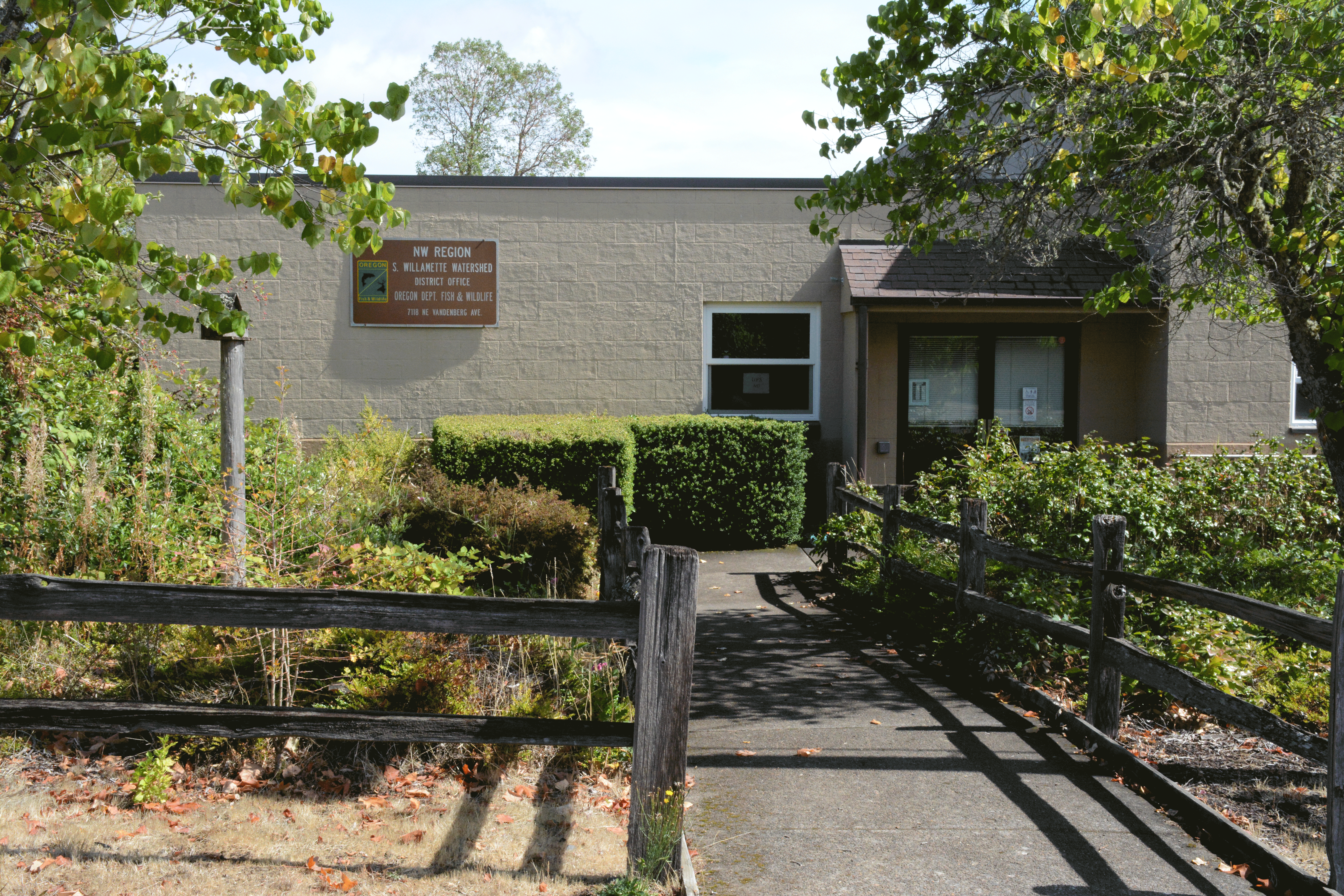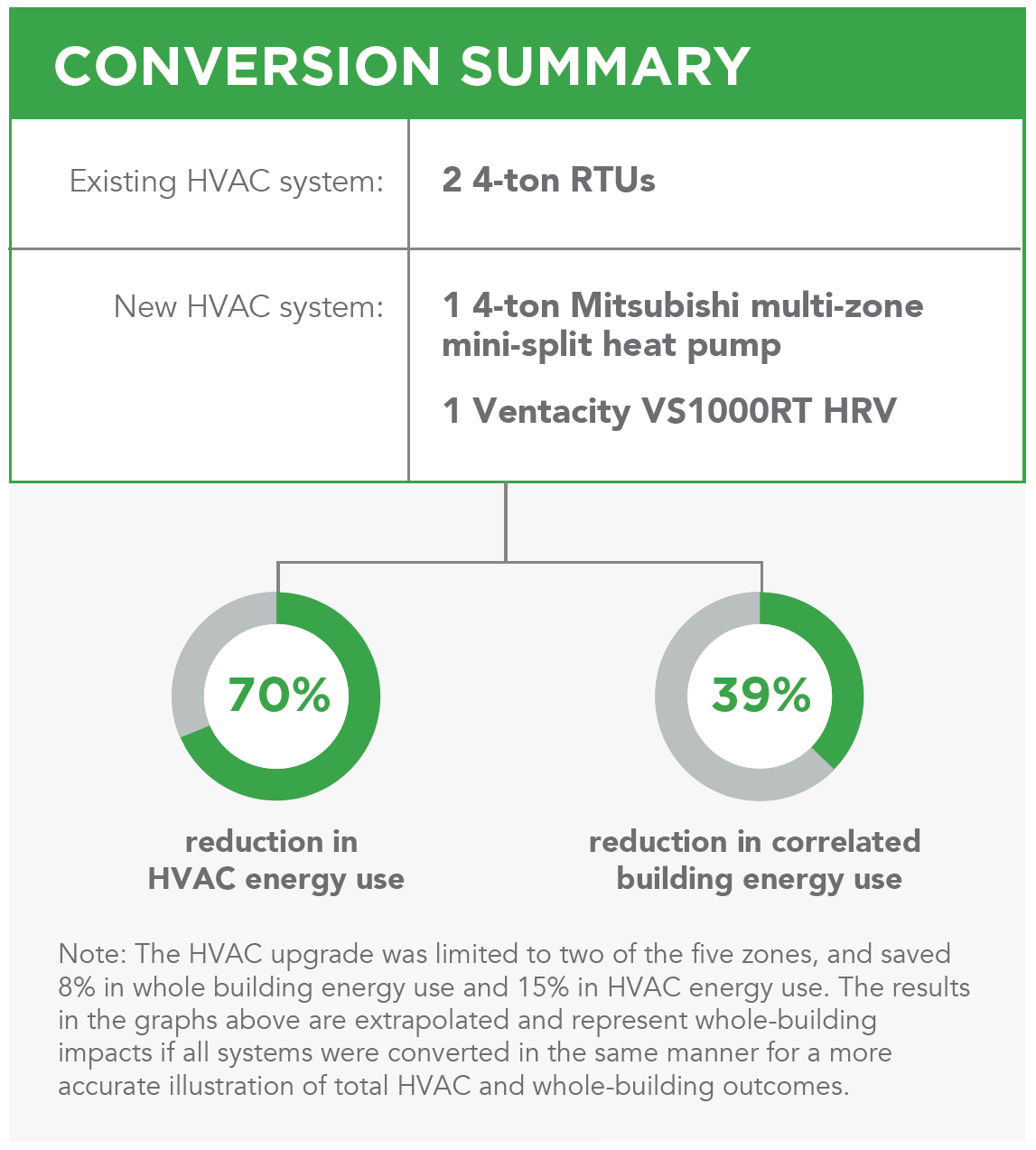Aging HVAC System and Poor Ventilation Spurs Comfort Upgrades

The aging HVAC system at the Oregon Department of Fish & Wildlife’s district office complex in Corvallis resulted in high energy costs and limited comfort control for tenants. The HVAC system struggled to provide consistent temperatures across 13,200 square feet of conditioned floor area, made up of four separate buildings sharing concrete walls and the various zones within the buildings. The building managers knew any retrofit project would be difficult due to the complex’s unconventional arrangement.
“We needed to replace the heating and
cooling system because it was old,” said Ryan McCormick, chief engineer at Oregon Fish
& Wildlife. “Looking into it, we realized there was a better way to do it, with energy savings that would help cover longterm costs.”
Separating Ventilation to Improve Air Quality and Efficiency

Due to the complex’s size and the zonal layout of the combined buildings, building management resolved to do a partial replacement of their HVAC equipment, using the very high efficiency dedicated outside air system (also referred to as very high efficiency DOAS) approach. They started with the replacement of one RTU with plans to upgrade their second RTU servicing additional areas of the building if the new, high-performance HVAC system proved successful.
DOAS separates heating and cooling from the ventilation system to allow for optimal control of each of these critical building functions. Building on the DOAS concept, a very high efficiency DOAS includes heat recovery ventilation and focuses on increased equipment efficiency and optimized system design. This approach has been proven to yield significant energy savings in new and existing commercial buildings while also providing:
- Increased occupant comfort
- Improved indoor air quality due to filtered 100% outside air being brought into the space Lower energy bills because the very high efficiency HRV allows for a smaller heating and cooling system that runs less often
- Saved roof space through system downsizing and reduced ductwork
- Precise temperature and humidity control
Results
After experiencing heating and fan energy savings, along with a significant reduction in monthly peak demand, the building management team began to plan further HVAC upgrades, including replacing the remaining RTU, across the complex. And while building management enjoyed the savings on monthly energy bills, the building’s tenants appreciated their daily experience of improved indoor air quality.
“After the installation, everyone said ‘wow, this air actually feels fresher’,” said McCormick. “There was definitely a noticeable difference—this was a much more comfortable environment. Other people in areas that hadn’t yet been converted kept asking ‘when are we getting our air fixed?’”
